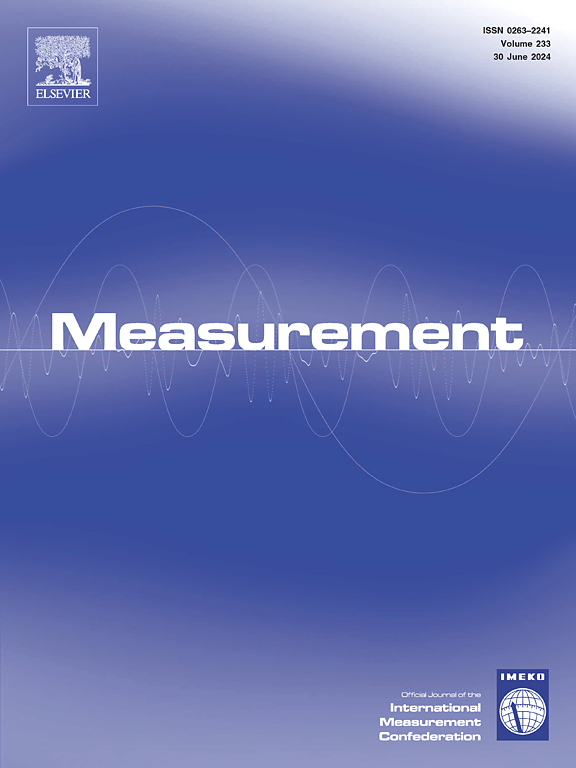TranP-B-site: A Transformer Enhanced Method for prediction of binding sites of Protein-protein interactions
IF 5.2
2区 工程技术
Q1 ENGINEERING, MULTIDISCIPLINARY
引用次数: 0
Abstract
Protein-protein interactions (PPIs) govern essential biological processes, relying on specific binding sites for molecular machinery in cells. Identifying these binding sites is crucial, with computational methods emerging as efficient alternatives to labor-intensive experimental approaches. While various techniques leverage sequential and structural information of amino acids, the limited availability of protein structural data in databases makes sequential-based models more practical. The proposed model, named TranP-B-site, employs a convolutional neural network on the transformer model’s embeddings of the sequential information of the amino acids to predict the binding sites of PPIs. First, two types of features are extracted for each amino acid in a protein sequence: one-hot encoding representing the low-level features and transformer model-based embeddings, which contain information about the entire protein sequence. These one-hot encodings and amino acid embeddings are concatenated to form two matrices. Then, two local feature sets are created by employing a windowing technique across the acquired matrices. The amino acid–based local feature set is fed into a CNN architecture, while the one-hot encoding-based local features are fed into a neural network. Finally, classification is performed on the concatenated output of the CNN and neural network using a sub-neural network. The proposed model demonstrates an improvement of 3% in MCC and 7% in accuracy compared to the previous state-of-the-art sequence-based model for independent dataset. Additionally, a new test dataset was curated from recently published protein sequences in the PDB database, and the proposed model outperformed other state-of-the-art models.

求助全文
约1分钟内获得全文
求助全文
来源期刊

Measurement
工程技术-工程:综合
CiteScore
10.20
自引率
12.50%
发文量
1589
审稿时长
12.1 months
期刊介绍:
Contributions are invited on novel achievements in all fields of measurement and instrumentation science and technology. Authors are encouraged to submit novel material, whose ultimate goal is an advancement in the state of the art of: measurement and metrology fundamentals, sensors, measurement instruments, measurement and estimation techniques, measurement data processing and fusion algorithms, evaluation procedures and methodologies for plants and industrial processes, performance analysis of systems, processes and algorithms, mathematical models for measurement-oriented purposes, distributed measurement systems in a connected world.
 求助内容:
求助内容: 应助结果提醒方式:
应助结果提醒方式:


